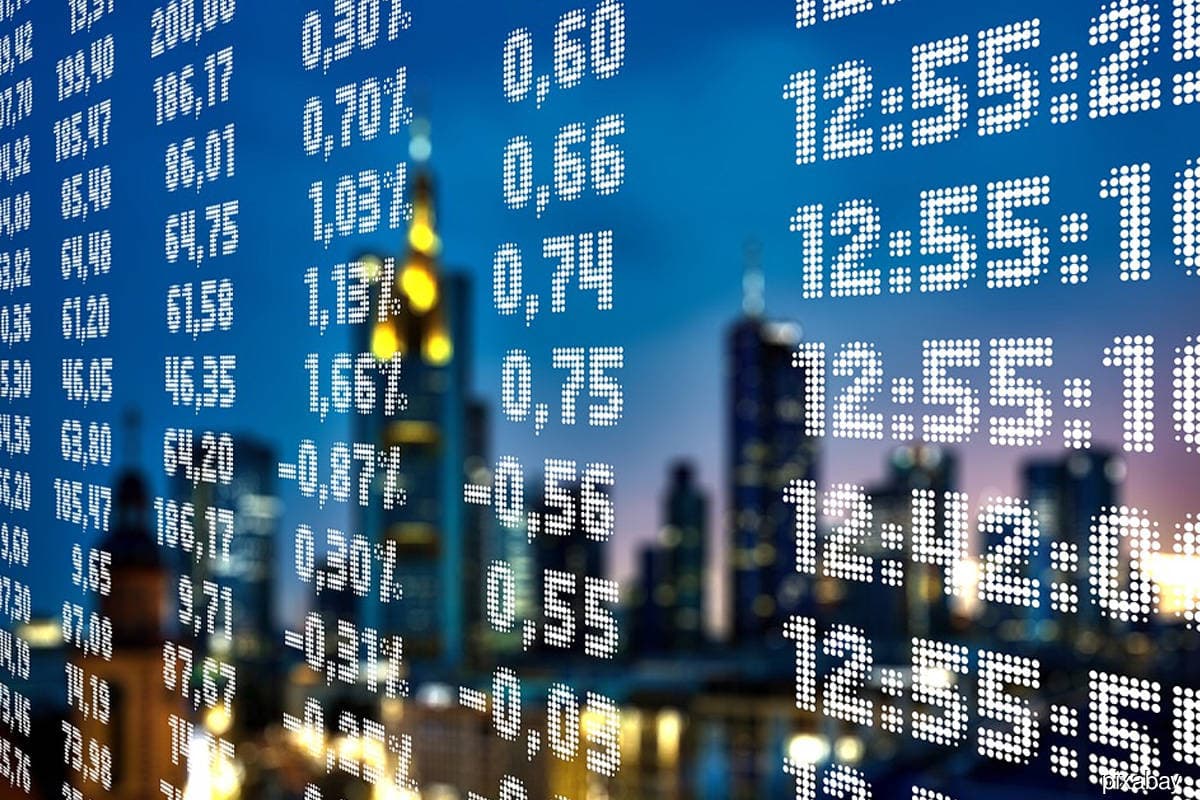
KUALA LUMPUR (Dec 2): Inflation continues to run hot in many regions, which means central bankers are likely to remain hawkish in the near term, according to S&P Global Ratings.
In a report titled Global Credit Outlook 2023: No Easy Way Out released on Friday (Dec 2), the rating agency said supply bottlenecks persist as the Russia-Ukraine war rages on, and China's Covid lockdowns continue.
It said that furthermore, some major economies are set to slip into recession as price pressures sap consumer demand and higher borrowing costs crimp investment.
Moreover, it said the lag between rate hikes and their effects means that prices will stay elevated — and consumer purchasing power diminished — for some time.
Additionally, governments largely lack the fiscal capacity to spend their way through this turn in the credit cycle, having piled on debt during the pandemic, it said.
S&P Global Ratings' global head of analytical research and development Alexandra Dimitrijevic said that in the near term, it expects credit pressures to intensify, with a world order that's increasingly fragmented and fragile.
"Sectors dependent on discretionary spending, such as consumer goods and retail, energy-intensive sectors such as chemicals, and rate-sensitive sectors such as housing, will likely suffer most.
“Others such as commodities and energy producers are benefiting from the current environment,” she said.
S&P said sovereigns will continue to feel credit pressures, with slower economic activity weighing on fiscal balances and countries generally having less fiscal flexibility after the pandemic.
It said credit conditions in emerging markets will remain under particular pressure from the combination of a strong US dollar, high energy and food prices, and a slowdown in global demand.
The agency said growth is slowing almost everywhere, and the consensus view is that a sharp slowdown is all but inevitable.
It forecast a contraction in gross domestic product of 0.1% in 2023 in the US, with a shallow recession in the first half, the eurozone coming in flat for the full year, and growth in China of 4.8%.
The determination of monetary policymakers to bring inflation (expectations) back to low and stable rates suggests that policy rates still need to go higher, it said.
S&P estimated that the US Federal Reserve's policy rate will peak at 5.0%-5.25% in the second quarter and the European Central Bank's at 2.25% in the first quarter.
Meanwhile, S&P global chief economist Paul Gruenwald said the big miss on correctly identifying last year's incipient inflation pressure as persistent implies that policymakers will err on the side of doing too much rather than too little.
"As a result, the window for a soft, non-recession landing is closing fast; a meaningful slowdown is highly likely to come,” he said.
S&P said that across regions, a real or perceived monetary-policy misstep (in either direction) could increase volatility in credit markets and result in an even sharper repricing of financial and real assets, higher debt-servicing costs, and tighter access to funding.
It said this is especially concerning given high debt, and could particularly hurt lower-rated borrowers.
The agency said many borrowers built up enough buffers during the long stretch of favourable financing conditions to ride out a rough patch — at least for some time — supporting credit quality in many sectors.
However, it said ratings are lower than they were before the pandemic, and debt levels higher, with 29% of non-financial corporates rated 'B-' or lower.
“As corporate borrowers find it more difficult to pass through high input costs to consumers struggling with rising prices and a mild recession in some of the world's largest economies, we forecast speculative-grade corporate default rates in the US and Europe to double,” it said.